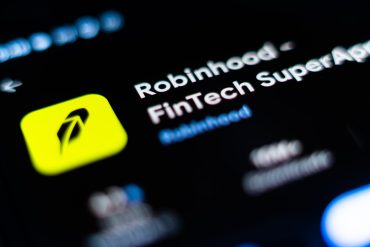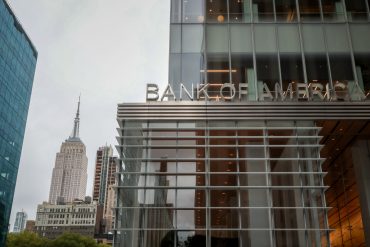

Trading Platform’s Strong Performance and Growth Fails to Secure Coveted Index Spot Despite Meeting Criteria
Three Key Facts
- Robinhood shares dropped more than 5.32% in premarket trading after being excluded from the S&P 500 quarterly rebalancing despite meeting key eligibility criteria including a $63 billion market capitalization
- The company reported strong Q1 2025 financial results with total net revenues increasing 50% year-over-year to $927 million and net income rising 114% to $336 million
- Bank of America had identified Robinhood as a leading contender for S&P 500 inclusion, with the stock gaining over 13% last week in anticipation of the announcement
Introduction
Robinhood experienced a sharp decline in share price following its unexpected exclusion from the S&P 500’s latest quarterly rebalancing. The online brokerage had been widely considered a prime candidate for inclusion in the prestigious benchmark index.
Market speculation intensified recently as financial analysts positioned Robinhood as a strong contender. The exclusion represents a significant disappointment for investors who anticipated the substantial benefits that typically accompany S&P 500 membership.
Key Developments
S&P Dow Jones Indices announced after market close that the S&P 500 would remain unchanged during its quarterly rebalancing. This decision caught many investors off guard given Robinhood’s apparent qualification for inclusion.
The company meets essential eligibility requirements with its market capitalization of approximately $63 billion. Robinhood also demonstrates consistent profitability over the trailing four quarters on a GAAP basis.
Bank of America specifically highlighted Robinhood as a leading contender during the major reshuffle process. The S&P 500 rebalance occurs on the third Friday of the last month in each quarter and typically triggers billions of dollars in trading activity.
Market Impact
The stock’s decline follows a week of strong performance that saw shares rally 3.3% on Friday alone. Robinhood had reached new record highs amid the broader resurgence in both equity and cryptocurrency markets.
Companies that receive S&P 500 inclusion benefit from automatic purchases by passive funds tracking the index. Coinbase provides a recent example, with its stock surging 24% following last month’s inclusion announcement.
The exclusion denies Robinhood immediate access to increased institutional investment flows. Passive funds managing trillions of dollars typically acquire shares of newly included companies in the weeks following announcements.
Strategic Insights
Robinhood’s share price has doubled this year despite the recent setback. The company has demonstrated remarkable recovery from challenges that emerged after the 2021 GameStop trading frenzy and the subsequent FTX collapse.
The brokerage continues expanding its product offerings through initiatives like Robinhood Strategies, Banking, and Cortex. Strategic acquisitions such as TradePMR further strengthen its market position.
Leadership confidence remains evident through the recent increase in share repurchase authorization. The company boosted its buyback program by $500 million to $1.5 billion total, signaling strong belief in underlying business value.
Expert Opinions and Data
Financial analysts had built expectations around Robinhood’s inclusion based on its solid fundamentals and market performance. According to CNBC, Bank of America identified the company as a prime candidate during the evaluation process.
The company’s recent financial performance supports the inclusion narrative. Q1 2025 results showed total net revenues climbing 50% year-over-year to $927 million. Net income increased even more dramatically, rising 114% year-over-year to $336 million.
Industry observers note that S&P 500 inclusion carries substantial advantages beyond immediate stock price appreciation. The designation provides enhanced visibility among institutional investors and ensures consistent demand from index-tracking funds.
The exclusion may present opportunities for investors who recognize Robinhood’s growth trajectory. The company’s expansion into diverse financial services positions it well for future consideration during subsequent rebalancing periods.
Conclusion
Robinhood’s exclusion from the S&P 500 represents a temporary setback rather than a fundamental challenge to its business model. The company maintains strong financial metrics and continues expanding its service offerings across multiple financial sectors.
The market reaction reflects investor disappointment over missed opportunities for institutional fund inflows. However, Robinhood’s underlying performance suggests it remains well-positioned for future index consideration as it continues demonstrating consistent profitability and growth.








